Embarking on a journey through the enchanting Gothic Quarters of Barcelona reveals a captivating blend of history and contemporary vibrancy, encapsulated within its narrow, labyrinthine streets and majestic medieval architecture. This district, known locally as Barri Gòtic, stands as a testament to the city’s rich historical tapestry, where every cobblestone path and centuries-old building speaks of a bygone era. The juxtaposition of ancient Roman walls with bustling plazas filled with modern cafes and shops creates an enriching experience for both locals and tourists. Through this exploration, one gains a profound appreciation of Barcelona’s cultural heritage, underscored by the seamless integration of the old with the new—a true reflection of the city’s evolving identity.
Table of Contents
Exploring the Enchanting Gothic Quarters of Barcelona
Have you ever wondered what it would be like to step back in time and wander through narrow, winding streets that have witnessed centuries of history? Barcelona’s Gothic Quarter, or Barri Gòtic, offers just that—a mesmerizing journey through the heart of the city’s oldest neighborhoods.
Overview
Barcelona, a vibrant and bustling metropolis, is renowned for its unique blend of modernity and tradition. Amongst its many charms lies the Gothic Quarter, a district that serves as a captivating contrast to the city’s contemporary façade. The labyrinthine alleys, ancient churches, and medieval buildings of the Gothic Quarter provide a fascinating glimpse into a bygone era, making it an essential experience for any visitor to the city.
Thesis Statement
Exploring the meandering streets and hidden courtyards of Barcelona’s Gothic Quarter not only immerses one in the rich tapestry of the city’s history but also provides an insightful look into the architectural and cultural evolution that has shaped this iconic district.
Historical Context
The Gothic Quarter, one of the oldest parts of Barcelona, traces its origins back to Roman times. The layout of the neighborhood still follows the original Roman grid, showcasing a historical layering that spans almost 2,000 years. The Romans established Barcino, the precursor to modern Barcelona, around 15 BC, and remnants of this era can still be found today, such as the remains of the ancient city walls and columns of the Temple of Augustus.
During the medieval period, Barcelona flourished as a maritime power, and the Gothic Quarter expanded with it. Landmarks such as the Cathedral of Barcelona (La Seu) and the Plaça del Rei bear the hallmarks of Gothic architecture, characterized by their pointed arches, ribbed vaults, and elegant stone carvings. This period also saw the rise of guilds and merchants, who left their mark in the form of grand buildings and plazas that reflect the wealth and importance of the city during the Middle Ages.
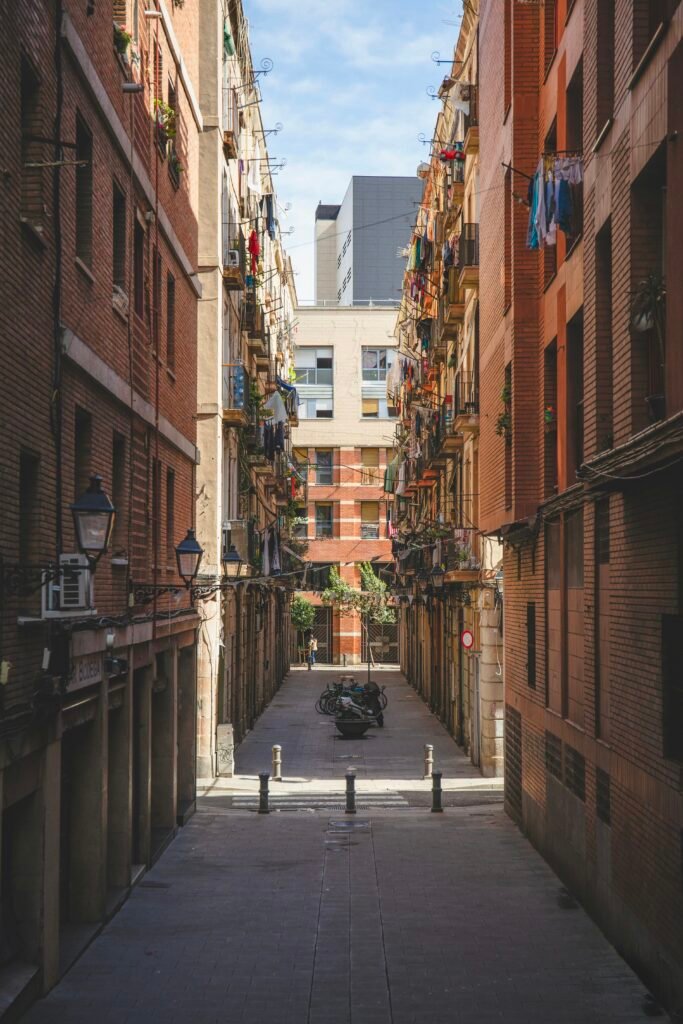
This image is property of images.unsplash.com.
Current Trends
The Gothic Quarter is now a lively neighborhood, a blend of the historic and the contemporary. Beyond its tourist attractions, it’s a residential area with an active community. Recently, there has been a concerted effort to preserve the character of the neighborhood while accommodating modern needs. Restoration projects are constantly underway to maintain the structural integrity of ancient buildings, and efforts to reduce traffic in the area aim to protect its pedestrian-friendly atmosphere.
Modern cafes and boutique stores have found a home in centuries-old buildings, offering a unique juxtaposition of old and new. Technology has also seeped into the Gothic Quarter; digital walking tours and augmented reality apps allow visitors to visualize how certain sites looked in the past, enriching the historical experience.
Key Concepts and Definitions
Gothic Architecture: A style of architecture that originated in 12th-century France and flourished until the 16th century. Key features include pointed arches, ribbed vaults, flying buttresses, and large stained glass windows.
Roman Barcino: The Roman settlement that laid the foundations of what is now Barcelona, established around 15 BC.
Plaça del Rei: A significant historic square in the Gothic Quarter, surrounded by medieval buildings including the Royal Palace.
Cathedral of Barcelona (La Seu): A stunning example of Gothic architecture, it serves as the seat of the Archbishop of Barcelona.
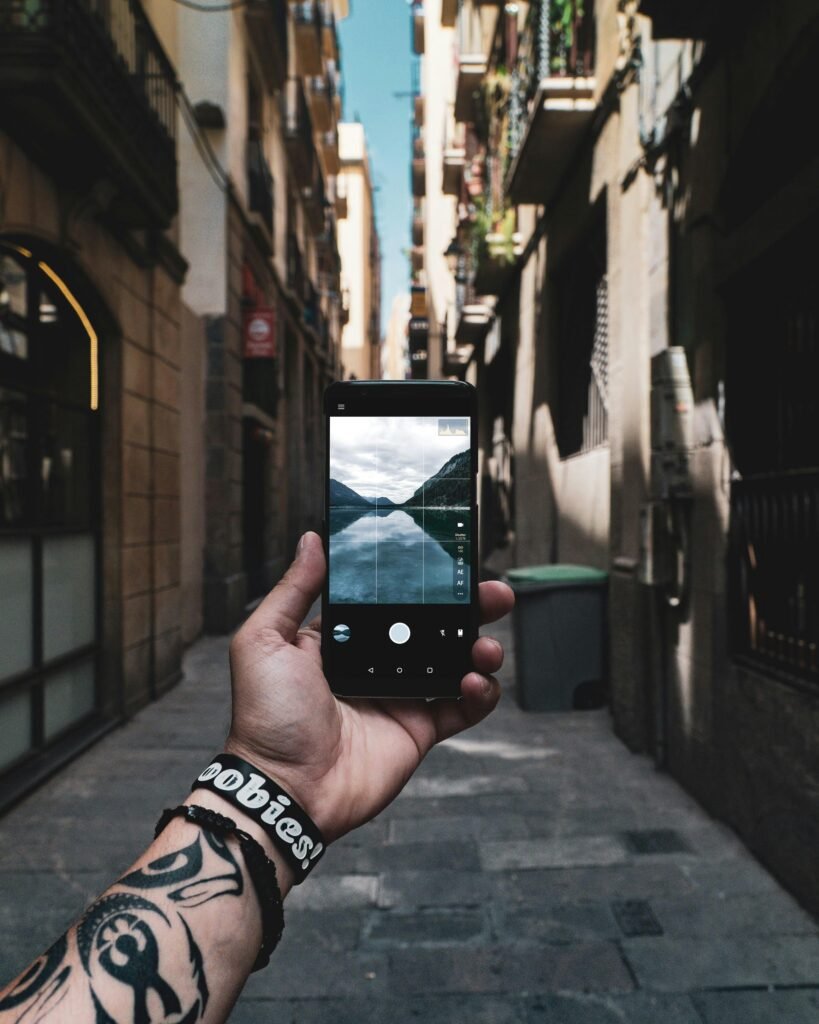
This image is property of images.unsplash.com.
Detailed Exploration
The Roman Footprint
The remains of the ancient Roman walls and towers offer a tangible link to Barcelona’s origins. At the Museu d’Història de Barcelona (MUHBA), visitors can explore subterranean Roman ruins that include parts of the old settlement, from public baths to laundries, providing a glimpse into daily life in Roman Barcino.
Gothic Splendor
One cannot talk about the Gothic Quarter without highlighting the grandeur of its medieval architecture. The Cathedral of Barcelona, with its intricate façade and towering spires, is a masterpiece of Gothic art. The cathedral interior is equally impressive, featuring beautifully carved stalls, a crypt, and even a secluded cloister housing thirteen white geese, each representing a year in the life of Saint Eulalia, the city’s co-patron saint.
Hidden Courtyards and Plaças
The district is replete with charming, lesser-known spots that offer a respite from the more trafficked areas. Plaça del Pi, a picturesque square located by the Church of Santa Maria del Pi, often hosts artisan markets and street musicians, enhancing its quaint allure. Another must-visit is the Plaça Sant Jaume, the political heart of Barcelona, home to both the City Hall and the Palace of the Generalitat of Catalonia.
Example 1: Jewish Quarter (El Call)
El Call, the ancient Jewish Quarter, is a fascinating subdistrict within the Gothic Quarter. Once a bustling hub of Jewish life until its dissolution in the 14th century, the quarter offers narrow streets and hidden treasures, such as the oldest synagogue in Europe, the Sinagoga Major de Barcelona. Exploring El Call provides a deeper understanding of the diverse communities that have historically inhabited the area.
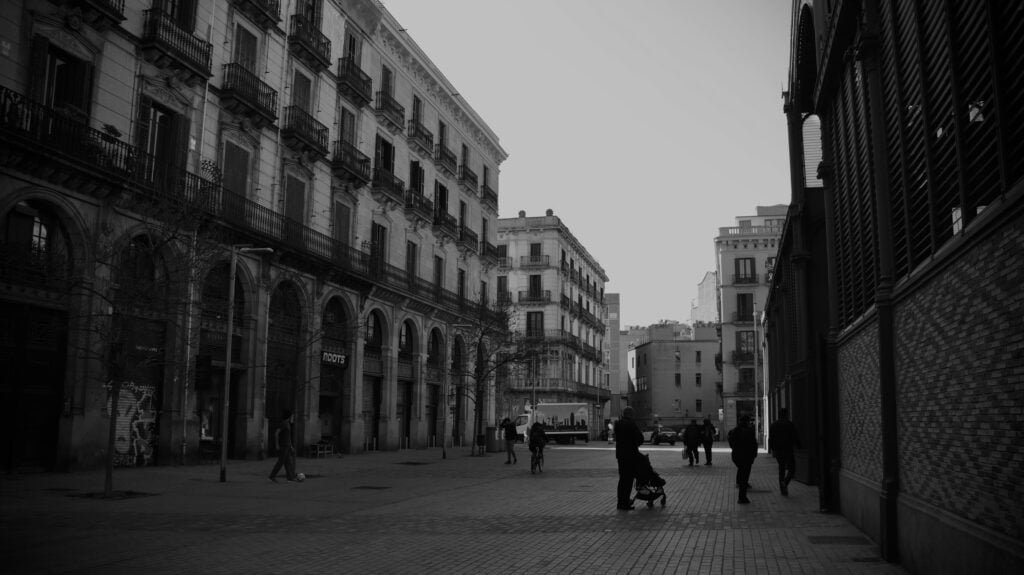
This image is property of images.unsplash.com.
Example 2: Literary Quarters and Artistic Influence
The Gothic Quarter has also long been a haven for artists and writers. The presence of historic bookshops and antique shops in the quarter reflect its artistic legacy. An excellent example is the Els Quatre Gats café, which opened at the end of the 19th century and became a stage for artists like Pablo Picasso and writers such as Ramon Casas. The intertwining of the arts with the Gothic Quarter’s rich history showcases its role as an enduring source of inspiration.
Comparison of Different Perspectives
While some may argue that modernization and tourism have diluted the Gothic Quarter’s historical integrity, others believe these forces have revived and preserved its cultural relevance. The district faces the challenge of balancing preservation with accommodating the demands of a global tourist destination. Advocates for modernization highlight the economic benefits of increased tourism and improved infrastructure, while preservationists stress the importance of maintaining historical authenticity and protecting the neighborhood’s character from commercial over-development.
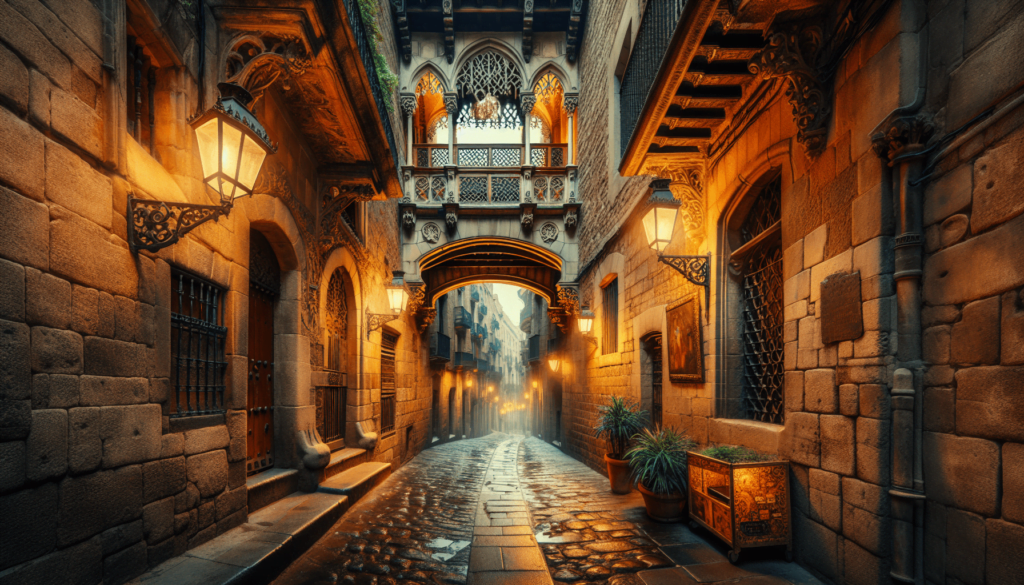
Impact Assessment
The influx of tourism has undoubtedly transformed the Gothic Quarter, injecting vitality and resources into preservation projects but also raising issues of overcrowding and commercialization. On the one hand, economic gains have funded the meticulous restoration of historic sites, allowing future generations to appreciate the beauty and history of the area. On the other hand, the loss of local businesses and the rising cost of living have driven away some long-standing residents, potentially eroding the traditional fabric of the community.
Future Directions and Implications
Predictions
Looking forward, technology will continue to play a pivotal role in how we experience historic districts like the Gothic Quarter. Enhanced digital guided tours, complete with augmented reality, could offer everything from historical reenactments to in-depth architectural analyses, making the history of the area even more accessible and engaging for visitors.
Implications
The sustainable development of the Gothic Quarter will serve as a model for other historic urban centers around the world. Strategies to balance tourism with community rights and historic preservation could influence policies globally. Additionally, the ongoing reconciliation of modern amenities with historical settings will offer valuable lessons in urban planning and cultural preservation.
Conclusion
Recap
From its Roman roots to its Gothic grandeur, the Gothic Quarter of Barcelona is a living museum, encapsulating centuries of architectural and cultural evolution. Despite modern challenges, it remains a vibrant and enchanting part of the city that beckons travelers from around the world.
Final Thought
How can one truly experience the essence of a city without delving into its most historic quarters? The Gothic Quarter not only tells the story of Barcelona but also serves as a testament to the enduring intersection of history, architecture, and community.
Engage with this historical haven—wander its streets, learn its tales, and contribute to the dialogue on how we can best preserve such treasures for future generations.
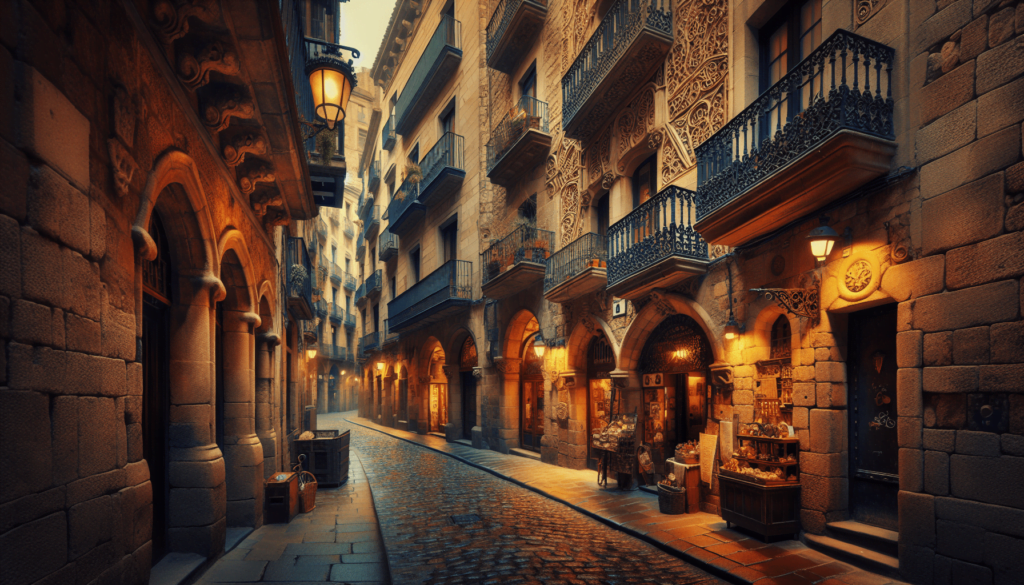
Credible Sources
- Museu d’Història de Barcelona (MUHBA): MUHBA Website
- Cathedral of Barcelona Information: Cathedral of Barcelona
- Sinagoga Major de Barcelona: Sinagoga Major
- Els Quatre Gats Café: Els Quatre Gats
Feel free to leave comments, share your own experiences, or explore more resources to deepen your understanding and appreciation of Barcelona’s Gothic Quarters.
Unforgettable Scenic Drive Along Australia’s Great Ocean Road
